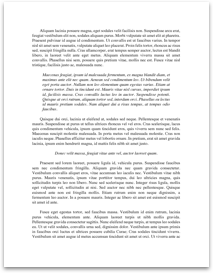Change Management
Submitted by: Submitted by paulochoga
Views: 949
Words: 5178
Pages: 21
Category: Science and Technology
Date Submitted: 05/26/2010 04:50 AM
COVENTRY UNIVERSITY
Faculty of Engineering and Computing
Module
M40 IS/IT Change Management
A BUSINESS REORT ON DIAGEO PLC
Module Instructor: Dr. Rajeev K Bali
Compiled by:
Student ID:
CONTENTS
HISTORY…………………………………………………………………… i
INDUSTRY OVERVIEW………………………………………………….. ii
1. COMPANY BACKGROUND…………………………………………… 1
2. ORGANISATIONAL STRUCTURE…………………………………… 3
3. CULTURAL CHANGE…………………………………………………. 4
4. STRATEGIC GROUP ANALYSIS…………………………………….. 5
5. SWOT ANALYSIS……………………………………………………… 7
6. PEST ANALYSIS……………………………………………………….. 12
7. PORTER’S FIVE FORCES……………………………………………... 15
8. INDUSTRY LIFE CYCLE……………………………………………… 17
9. COMPETITIVE POSITIONING……………………………………….. 19
10. MISSION STATEMENT ANALYSIS………………………………... 21
11. RISK MANAGEMENT AND INTERNAL CONTROL…………….... 23
12. IT AND VALUE CHAIN……………………………………………… 24
13. EFFECTS OF IS/IT CHANGES IN THE INDUSTRY……………….. 26
14. BUSINESS STRATEGY……………………………………………… 27
15. IS STRATEGY……………………………………………………….. 28
16. FUTURE DIRECTIONS……………………………………………… 29
CONCLUSIONS
REFERENCES
INDUSTRY OVERVIEW
Market Segmentation
There are four broad markets within the alcoholic beverage sector;
• Beer
Beer in the UK is one of the largest segments in the market, worth £18.3bn in 2007. In the international preference, a basic division can be made between the customary dark beer of the UK (ale, bitter, stout) and light coloured lager. Due to its heritage, the UK market is steadily shifting towards lager. The beer sector’s products can also be subdivided by strength, region origin and other characteristics, but beer has generally remained a more homogeneous than the sector for other drinks.
• Wine
Most of the wine in the UK is imported, but it has been growing in importance for many years, as a ‘lifestyle’ drink. Wine in this context is...
